Resources
How do Polyphenols help leaky gut syndrome?
I was five years old, and I wanted to know “why do adults tell me to eat fruits and vegetables”? To which my mom would say “the colors are good for you”. And while I didn’t appreciate her answer at the time, she was onto something. Much of the color and aroma in vibrant fruits, vegetables and spices come from their polyphenol content. Stick around to learn more about polyphenols, what they can do for you and how they can help a leaky gut!
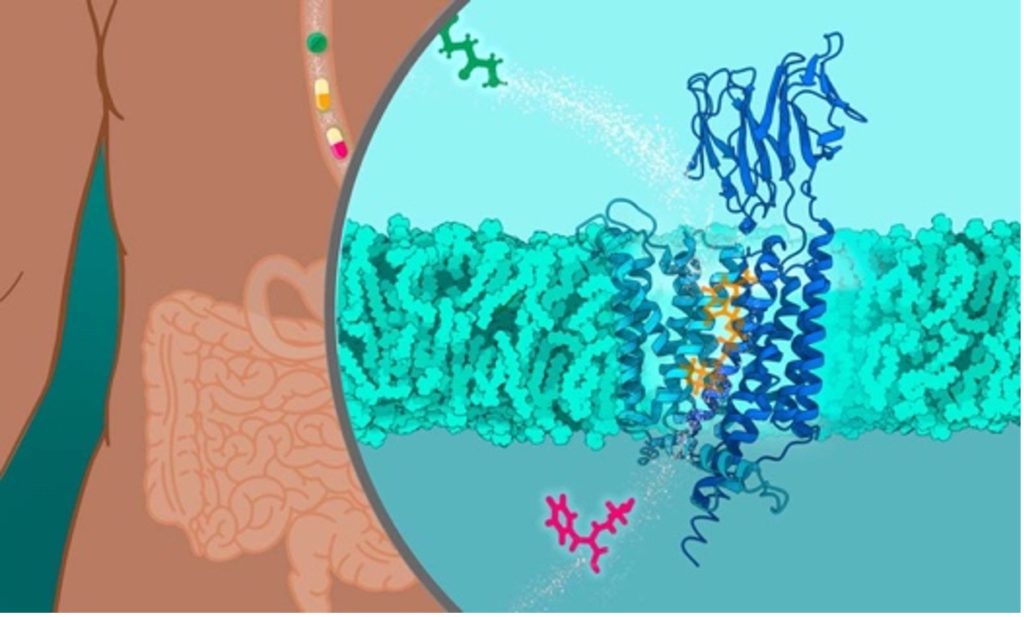
What are polyphenols anyway?
The word poly phenol can be broken down into “poly” meaning “many” and “Phenol” referring to “any compound with a hydroxyl group linked directly to a benzene ring”. And since no one knows what that means, we’re just going to think about them as plant chemicals, that make plants colorful and smell good.
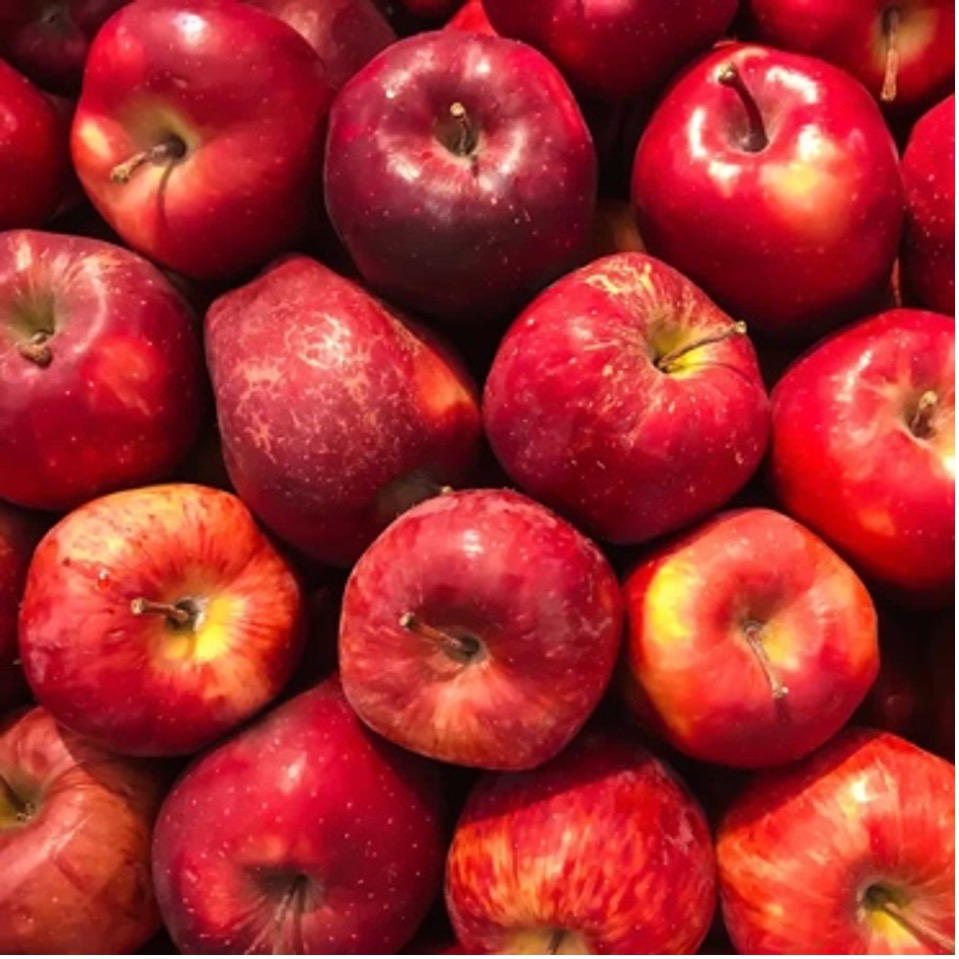
What do polyphenols do for me?
One of polyphenol’s many claims to fame is their antioxidant ability. Most polyphenols are “reductive” in nature, which means when they run into reactive oxygen species, they help neutralize them! This helps you age slower by slowing oxidation and helping reduce inflammation throughout the body. This is especially important for the heart and brain over a lifetime. But while they are good for you, they’re even better for your gut bacteria!
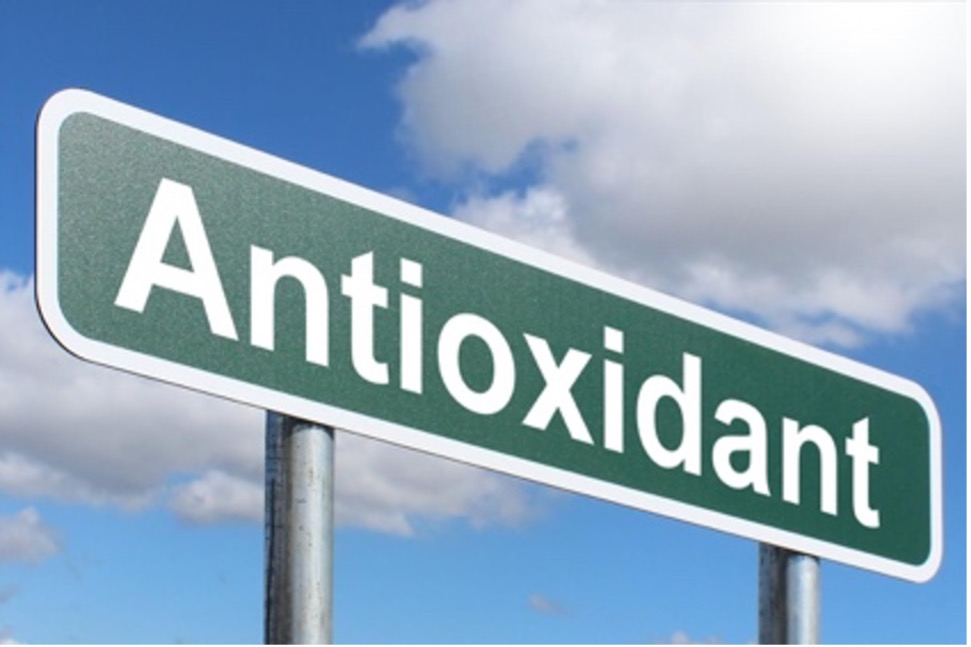
What do polyphenols do for my gut?
As it turns out good bacteria love polyphenols. Many good bacteria respond strongly to red and blue polyphenols. And the more they get, the more they grow. It is not clear if these bacteria like to eat the polyphenols, or if they have an anti-bacterial affect killing off the bad bacteria; allowing the good ones to flourish. But, either way, polyphenols are one of the best ways to grow more good bacteria. Bifido muciniphila and akkermansia, for example, help maintain the lining of your intestines.
What is leaky gut syndrome
The lining of the digestive tract is extremely thin, only one cell thick. But fortunately, the inside of your gut has some protection called the “mucin layer”. Which should be a thick layer that prevents large bits of food, like undigested proteins, from getting into your blood stream. When the mucin layer is intact life is good. However, when the mucin layer thins and the connection between cells starts to leaky, we develop what’s called leaky gut syndrome. This allows undigested bits of food into circulation. While that may not sound like a big deal, it can cause your immune system to freak out, and attack. This can lead to food sensitivities, and symptoms of auto immunity, including brain fog, fatigue, eczema, allergies and more.
Fortunately, good bacteria, namely bifido muciniphila and akkermansia help maintain a healthy mucin layer and tighten up the junctions between cells. Which means if you want to manage food sensitivities, leaky gut, and symptoms of auto immunity then you should start with your gut bacteria!
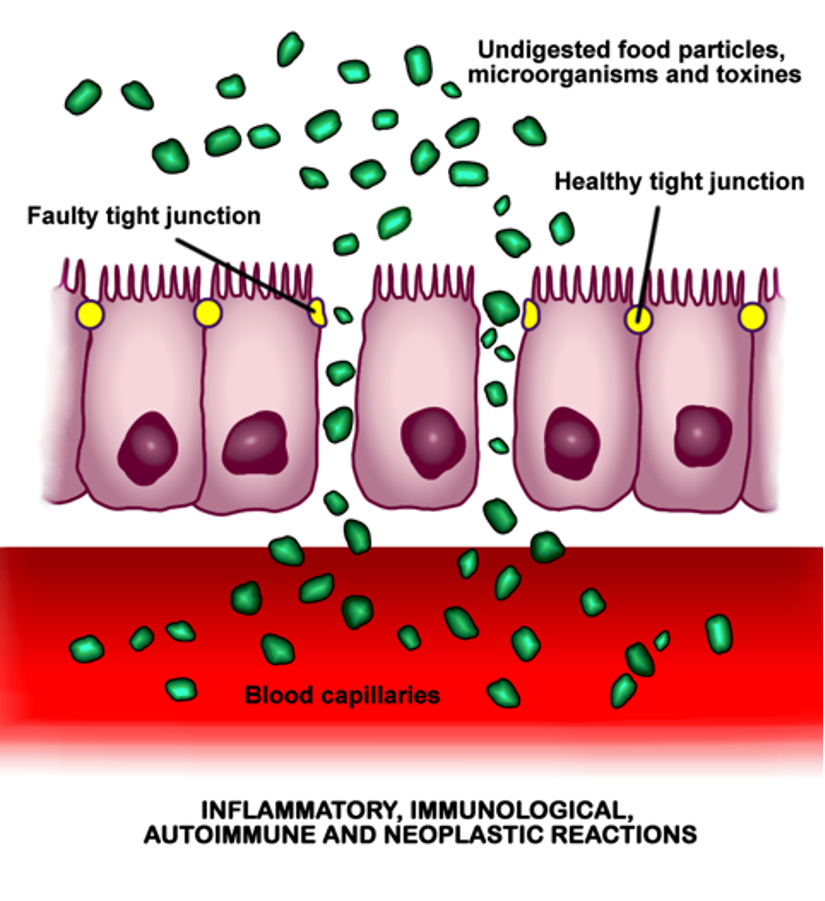
There are over 8,000 polyphenols we know about so far, so to save you some time we put together a list of our favorites and where to find them!
Top 5 favorite individual Polyphenols
Quercetin is a polyphenol found predominantly in the skins of red fruits like apple. It has been shown to improve several measures of heart health, including lowering LDL. It has even shown to help inhibit cancer cells, including breast and prostate cancers. Suffer from allergies? Quercetin helps to stabilize the cells which release histamine, possibly reducing allergy symptoms. Quercetin is great for countless reasons, but remember it works even better when combined with enzymes like bromelain!
Rutin is like the next-door neighbor of quercetin, and it’s really just quercetin with a rutinose sugar molecule slapped on the side. It has been shown to potentially reduce risk of Parkinson, Alzheimer’s, cardiac oxidation, and to be generally anti-cancer. Rutin and Quercetin exist together in nature, so it would make sense to take them together, or get them from food sources like apple skins!
Fisetin is a yellowish polyphenol found in many fruit skins. Fisetin boasts many of the antioxidant perks as other polyphenols, but fisetin sets itself apart by activating autophagy. Autophagy, or senolysis, is the process of pruning old broken cells, to make room for new healthy ones. Autophagy is one of the most important ways to slow aging, and fisetin is the literal top of the list for turning autophagy on!
Resveratrol While resveratrol has been on the map since the 40’s, it more recently gained notoriety thanks to red wine, and longevity specialist dr. David Sinclair. Like many of its other polyphenol counterparts, resveratrol sports anti-cancer and anti-inflammatory benefits. But it really shines in assisting with insulin sensitivity in diabetic patients.
C3G aka Cyanidin-3-O-glucoside is an anthocyanin (fancy polyphenol) found in dark colored fruits and vegetables, namely black beans, blueberries, and purple corn. C3G is a fascinating polyphenol which helps insulin sensitivity and helps control blood sugar by stimulating adiponectin. It’s likely C3G works by feeding your good bacteria, and they in turn help to manage blood sugar spikes. But either way, C3G is powerful polyphenol to reduce the glycemic impact of high carb meals. Perhaps you can have your cake and eat it too!
Foods to get more polyphenols.
Polyphenols are found predominantly in plant skins, and therefore you can get more of them by simply eating more colorful fruits and vegetables. Blue berries, raspberries, black berries, apple skins, dark chocolate, high quality coffee, grapes, grapefruit, and lots of colorful spices like cinnamon, cloves, turmeric, thyme, and oregano. Including more of these foods into your diet is a great way to get more antioxidants, and to feed your good bacteria. Joel Green, author of the Immunity Code, also points out, the best way to consume these foods is likely in large quantities in one sitting. A cup of blueberries for example, is enough to coat your entire digestive tract with polyphenols. This is probably a better than snacking on blue berries throughout the day, if the goal is to improve the bacteria in throughout the entire tract.
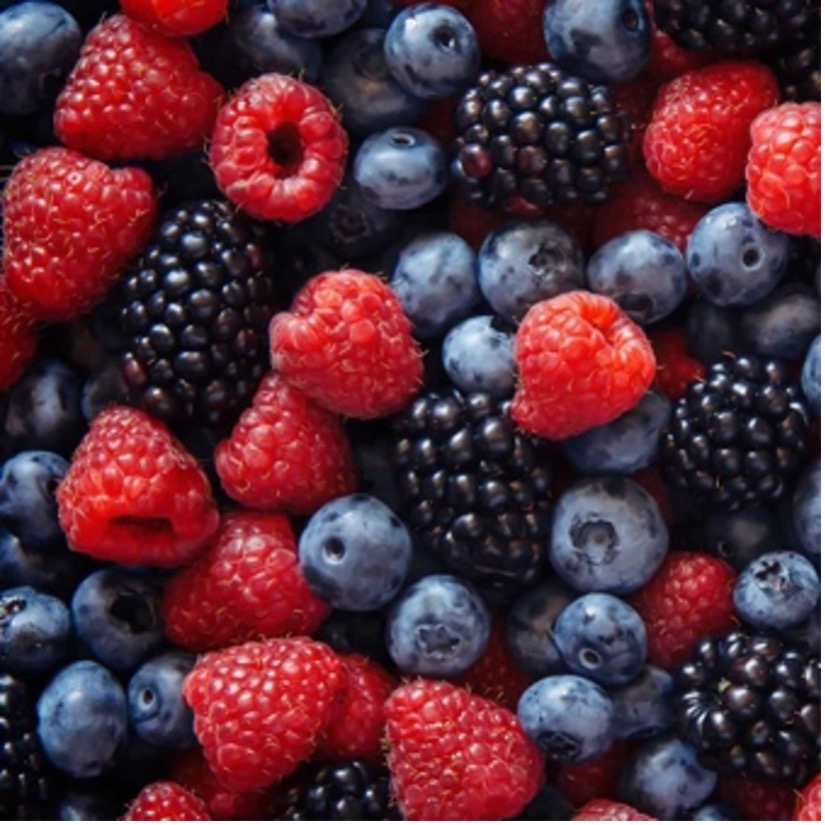
If you are interested in upping your polyphenol game even more, consider supplementing with food concentrates like a reds supplement. Alternately, apple peel powder is a naturally occurring food source of multiple polyphenols including quercetin and Rutin. It is recommended to start small and gradually increase the amount for 2 weeks, as your good bacteria start to grow!
Food or supplement?
Pill form is not ideal since it won’t coat the entire lining of your intestines. But taking a specific polyphenol can be a great way to get a high dose, and target something specific. Personally, I have a variety of polyphenols in my “apothecary” (aka the cupboard above the sink). Supplements which I cycle for specific occasions. For example, I’ll take berberine before a large meal to limit blood sugar and insulin. I might take quercetin for allergies. And I like to take fisetin to boost the effects of fasting.
Whether you get polyphenols through food, powder or pills, your gut bacteria will thank you! If you’re interested in gut optimization, make an appointment with one of our herbal specialists!
-Aaron Barnard DPT